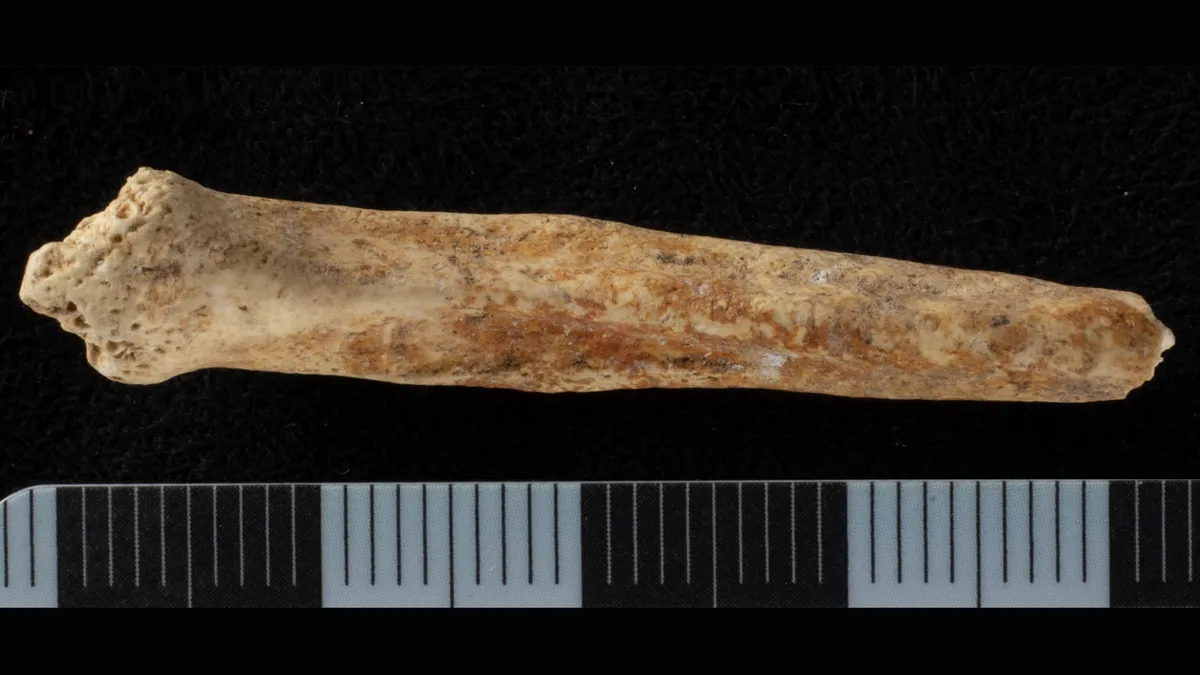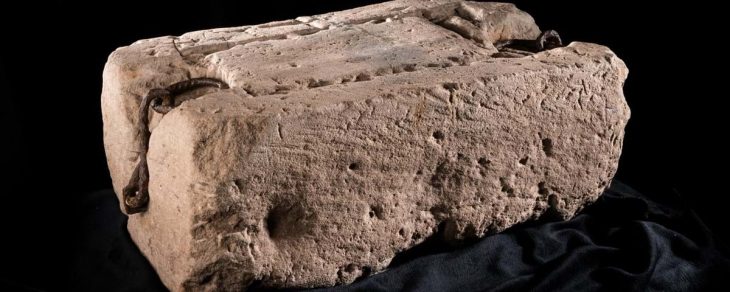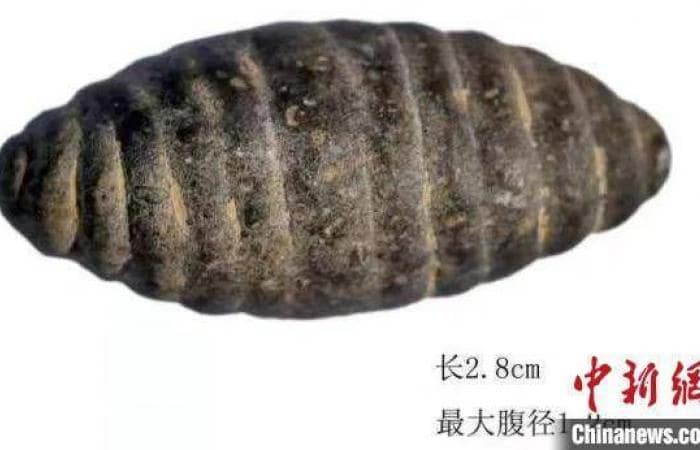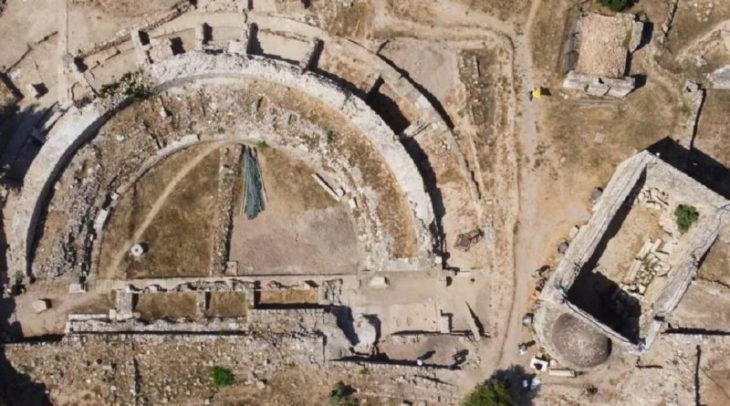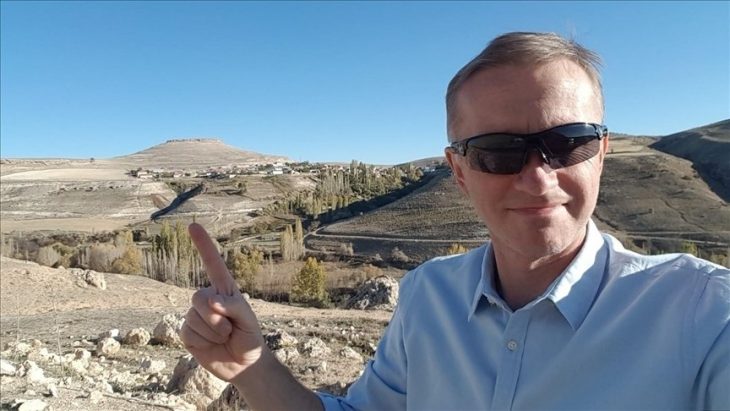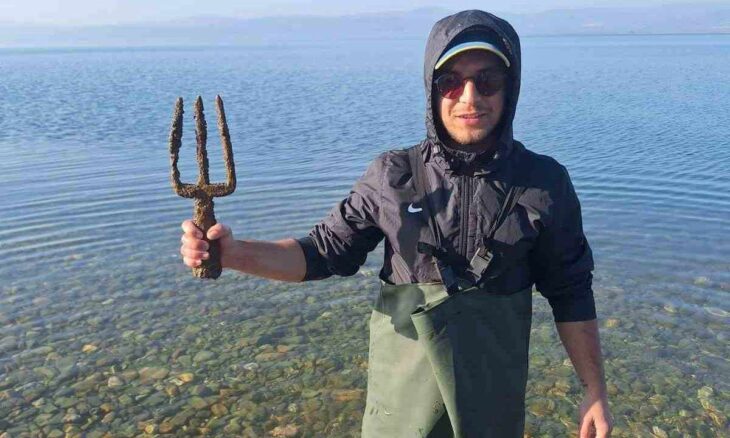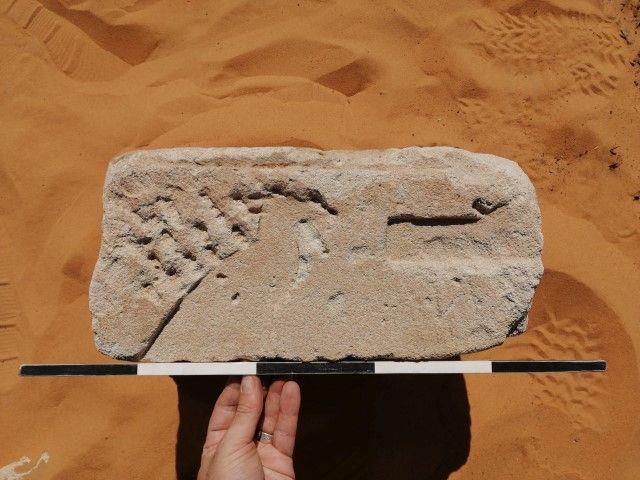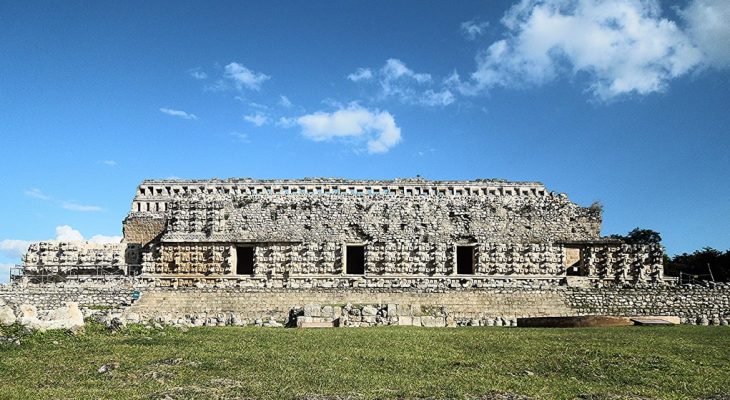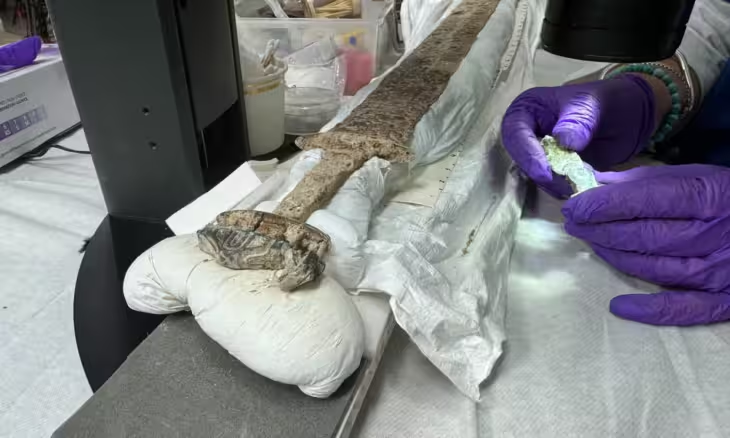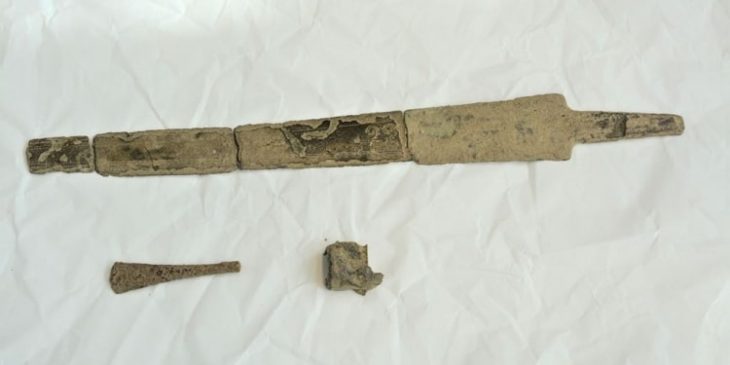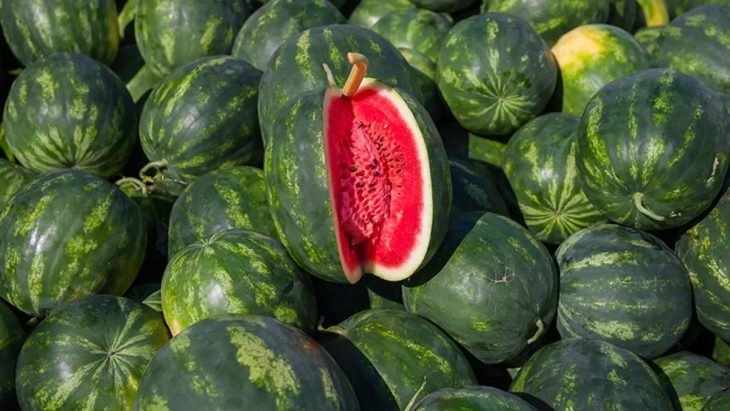In a Roman quarry shaft in Surrey, England, archaeologists have discovered one of the most unusual human and animal remains ever found from the Romano-British period: a first-of-its-kind painted dog penis bone. An artifact that archaeologists suspect was used in a long-lost fertility ritual.
“This is the only example I could find of an actual penis having potentially been used as a ritual object,” Green told Live Science.
Since its discovery in 2015, the 13-foot-deep limestone shaft in the Ewell neighborhood of Surrey has yielded a wealth of prehistoric animal and human remains. Ritual shaft deposits constitute deep pits and wells backfilled with a range of materials suggestive of votive or ritual deposition.
About 300 domestic animals, including pigs, horses, cows, sheep, and dogs, were among the remains discovered at the Romano-British era shaft. Most of these animals showed no signs of disease, butchering, or burning.
Interestingly, the majority were not the hunting or herding dogs common to the time, but rather small breeds like terriers or corgis. The shaft was filled over a short period of 50 years, and some disarticulated human skeletons were found inside.

In a new study published 25 December in the Oxford Journal of Archaeology, bioarchaeologist Ellen Green evaluated a painted dog baculum, or penis bone, found at the site, suspected of having ‘potential ritual significance’.
Archaeologist Ellen Green, the study’s sole author, found that red ochre had been used to paint the dog bone even though the mineral iron oxide behind the color was not naturally occurring at the Nescot site. Using X-ray fluorescence, she determined the iron oxide was deliberately applied before the bone was deposited. In other words, the penis bone was painted by hand by someone.
This led Dr. Green to believe that red ochre was purposefully used to pain the bone before being thrown inside the shaft, most likely as a lucky charm. The artifact’s phallic symbolism likely tied it to fertility rites, which may tie into the broader cultural and ritual practice surrounding this mysterious shaft.
One of the remarkable things in the well was the abundance of newborn and perinatal animals. This was no coincidence. Natural death seems unlikely given the high proportion of perinatal animals in Quarry 1. Rather, the discovery of fetal and neonatal remains, including those of 14 foals, suggests intentional breeding near the site, possibly for ceremonial reasons.
Animals such as horses and dogs were highly symbolic in Roman Britain. Dogs were connected to fertility, protection, and healing; they were frequently associated with mother goddesses, who stood for regrowth and plenty. Epona, a fertility and afterlife goddess, was often associated with horses.
While the exact purpose of the painted baculum remains a mystery, the artifact offers a glimpse into the spiritual lives of Roman Britons.
https://doi.org/10.1111/ojoa.12317
Cover Image Credit: Ellen Green

